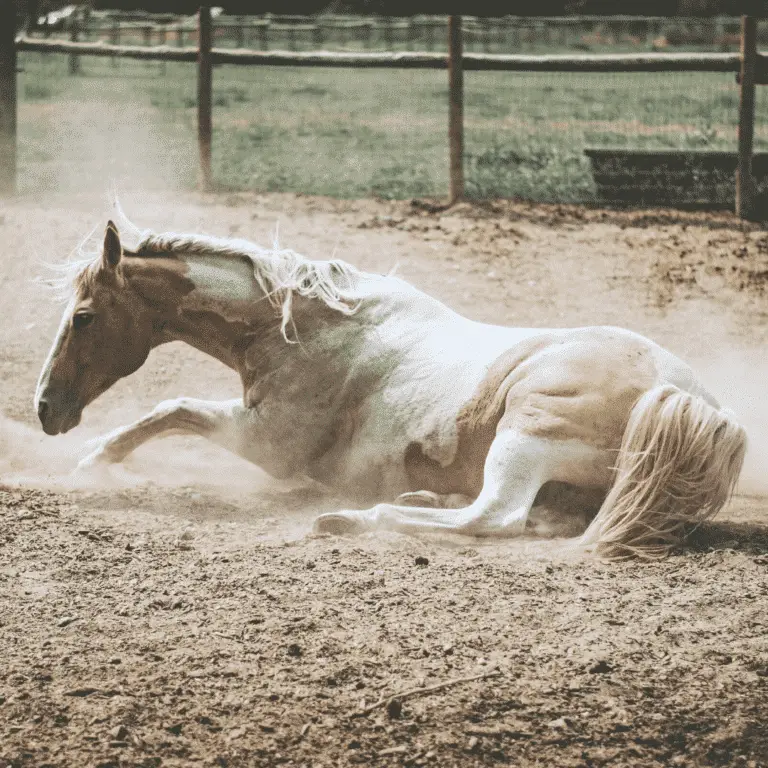
The Equine Colic
Expert Advice: This article was written by Dr. Pedro Penha Garcia, a veterinarian with 10+ years of experience. What is an Equine Colic? A Colic is something no horse owner wants to face, but if you have horses, you’ll likely
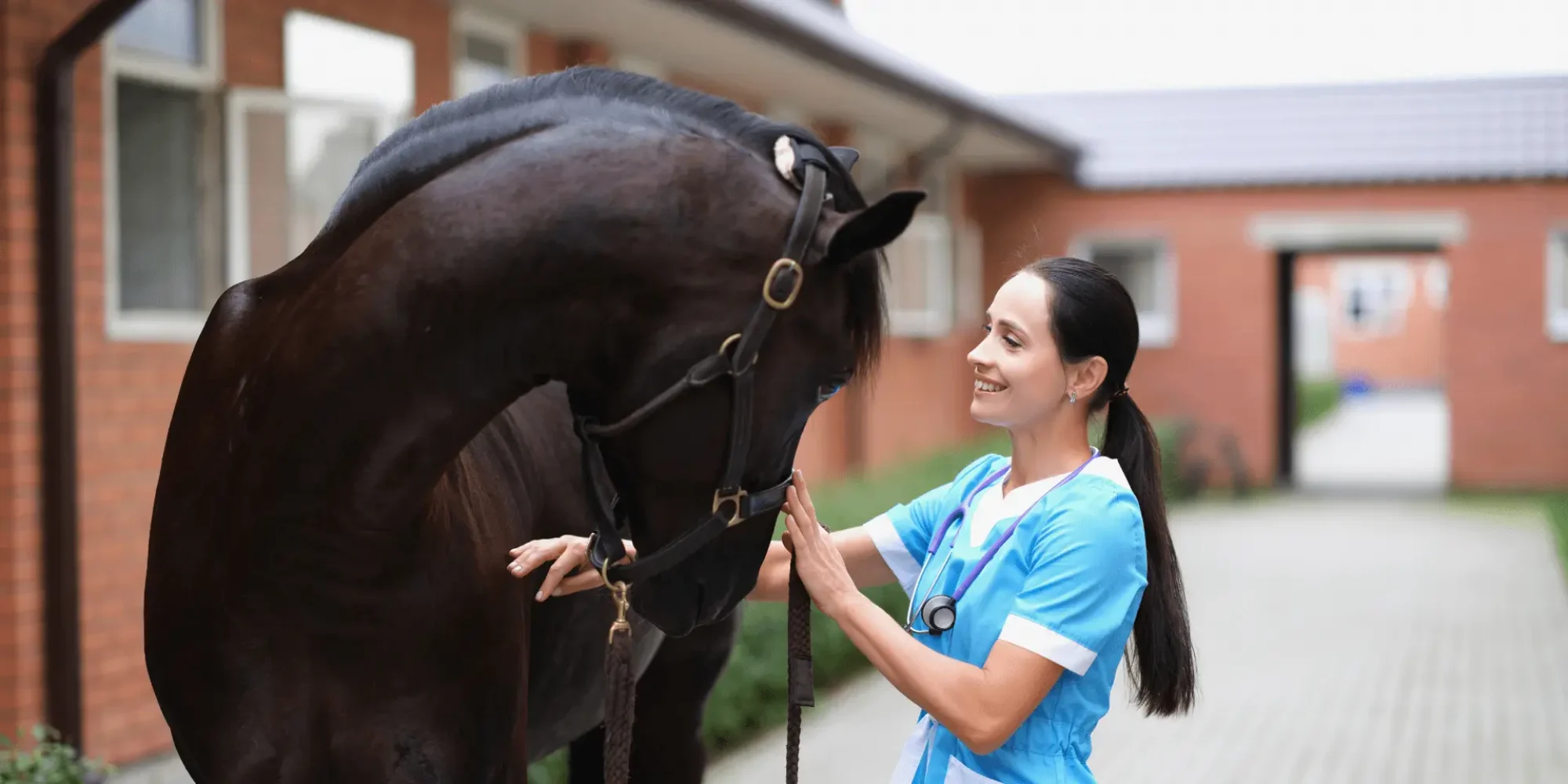
Just as it is with humans, the horse’s skin is the largest organ of the body. However, this blog post is dedicated to the organs that we cannot see from the outside. Let’s take a look inside the horse and also answer the question “Why can’t horses throw up?”.
Horses, like dogs, are also real sniffers and can smell scents up to two kilometres distance.
Unlike other animals, horses cannot breathe through their mouths. They only inhalthrough their nostrils. In addition to the main nasal cavity, a horse is equipped with a total of seven sinuses.
The esophagus is about 1.5 m long and can transport the ingested food into the stomach within 15-20 seconds. At the same time, the peristalsis of the esophagus, a tubular muscle, is only capable of moving in one direction – which is why the following applies: Horses can’t vomit!
The heart of a human being is about the size of a fist and weighs about 300 grams. The heart of an average horse, on the other hand, weighs about 1% of its body weight. At a weight of 400 to 450 kg, a horse’s heart weighs about 4 to 4.5 kg. However, the actual heart weight varies depending on breed, training load and condition, and other individual factors.
The basic frequency in a calm state is about 30 to 40 beats per minute. In the case of flight, however, this frequency can skyrocket up to 250 beats per minute. This is a vital ability for flight animals, as they need to be able to escape from a suddenly appearing predator as quickly as possible.
One deep breath, please! A horse does this between 8 and 16 times per minute. With each breath, it inhales and exhales 6 to 8 litres of air. If you calculate this over the whole day, at least 70,000 litres of air flow through a horse’s lungs.
Interesting: The total lung volume of a horse with a body weight between 500 and 650 kg is about 40-55 litres. Quite a lot, isn’t it?
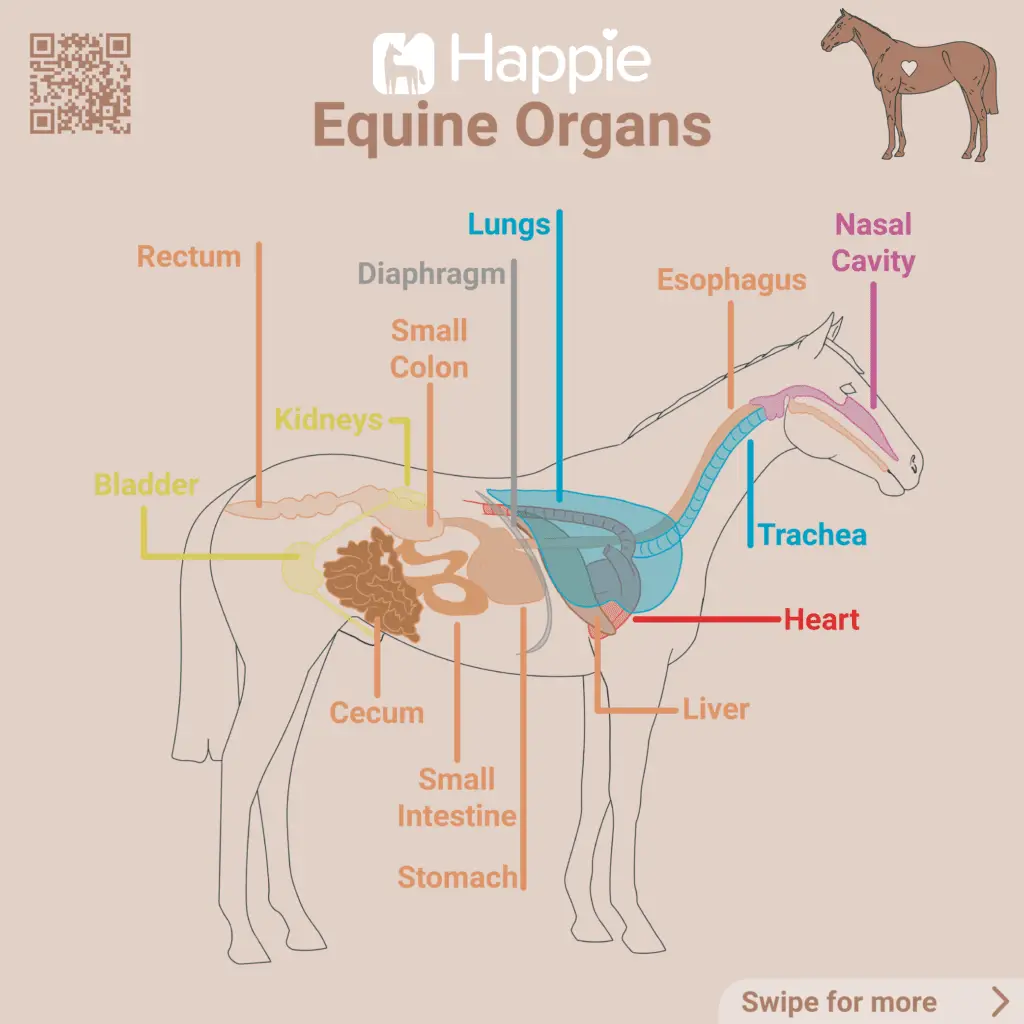
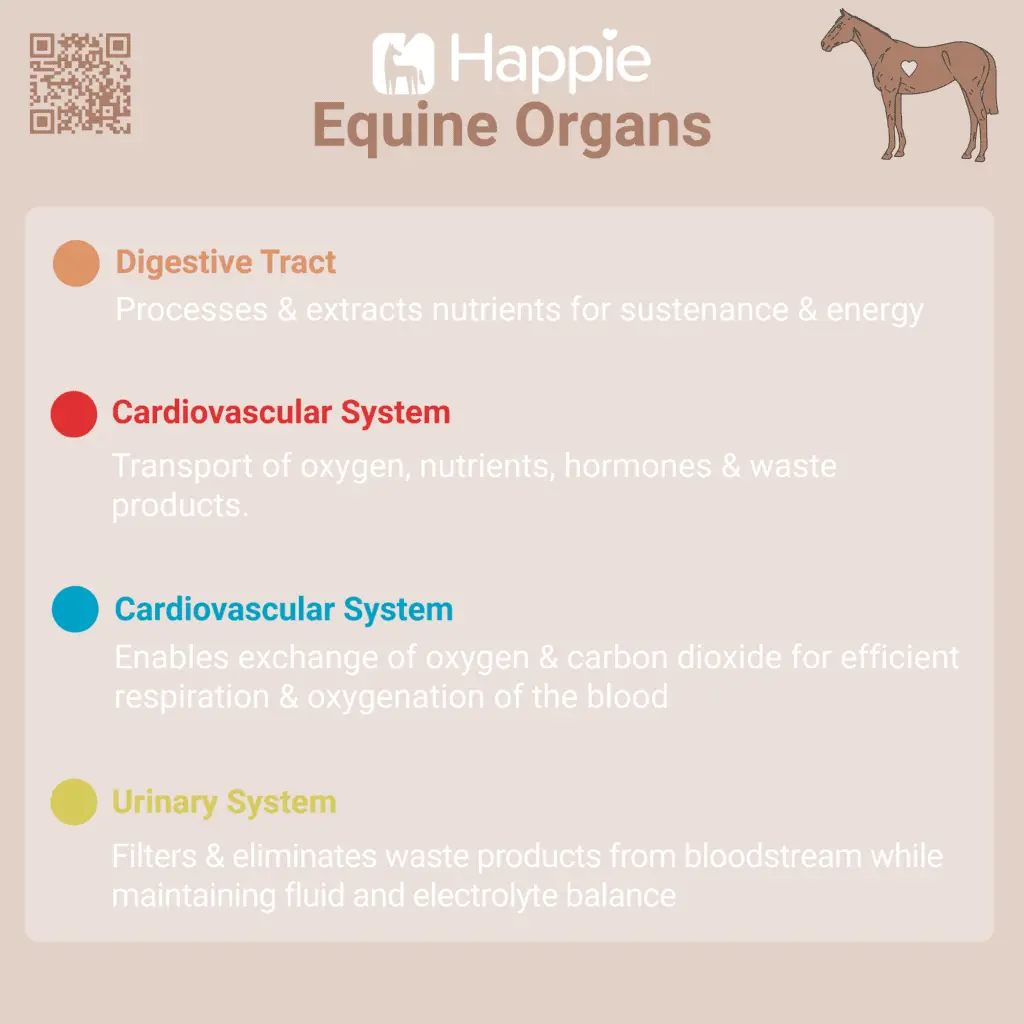
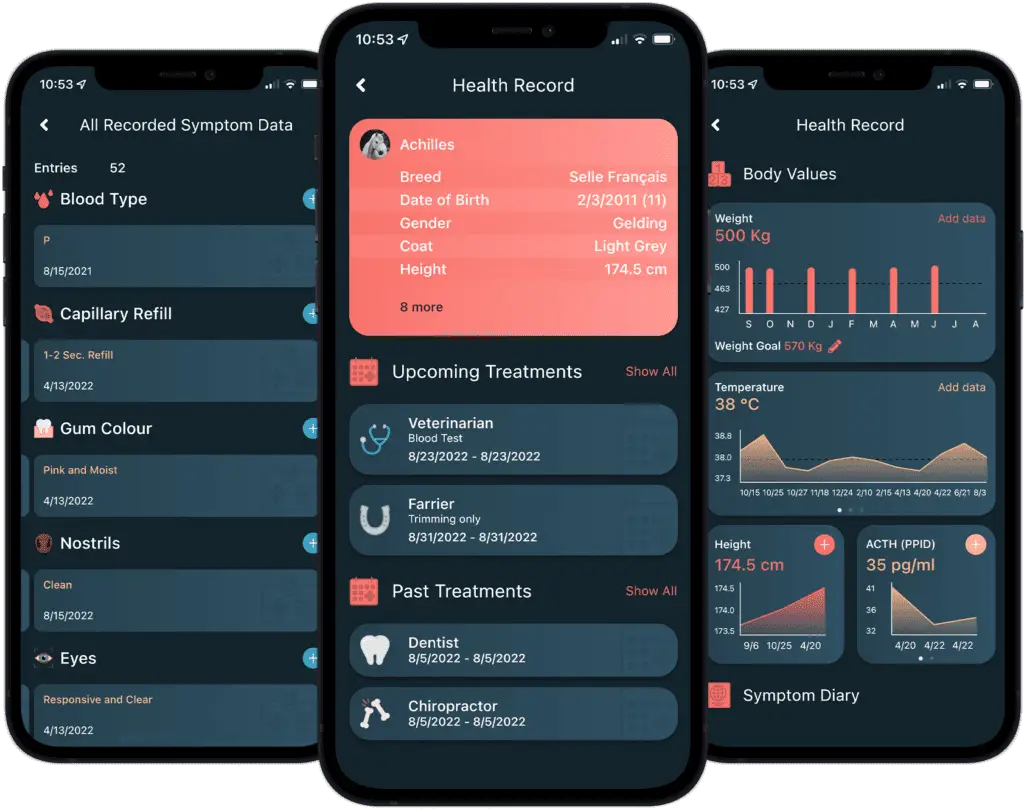

Expert Advice: This article was written by Dr. Pedro Penha Garcia, a veterinarian with 10+ years of experience. What is an Equine Colic? A Colic is something no horse owner wants to face, but if you have horses, you’ll likely

Are you over-rugging your horse out of concern? There are key factors you should keep in mind when using blankets for your horse during winter. During the winter season, most people automatically throw a rug on their horse, or so
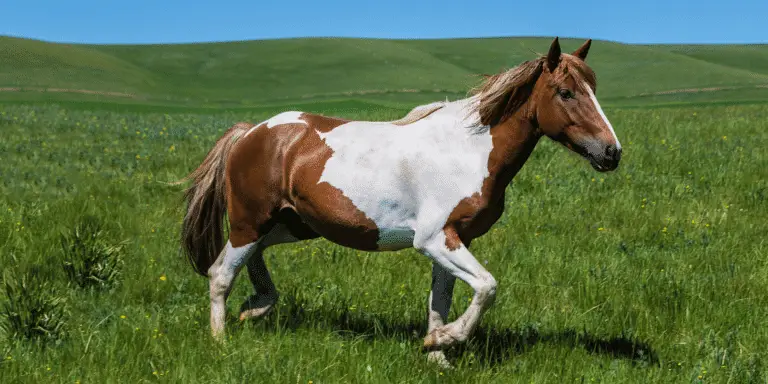
When grooming and saddling, you can easily check your horse’s body for symptoms. In this blog post you can read about symptoms of the horse’s body and what they could mean. Everything About Symptoms on the Horse Body A Sore

Assessing a horse’s overall body condition The body condition score (BCS) is a subjective evaluation method used to assess a horse’s overall body condition and fat coverage. The BCS system typically uses a scale of 1 to 9, with 1
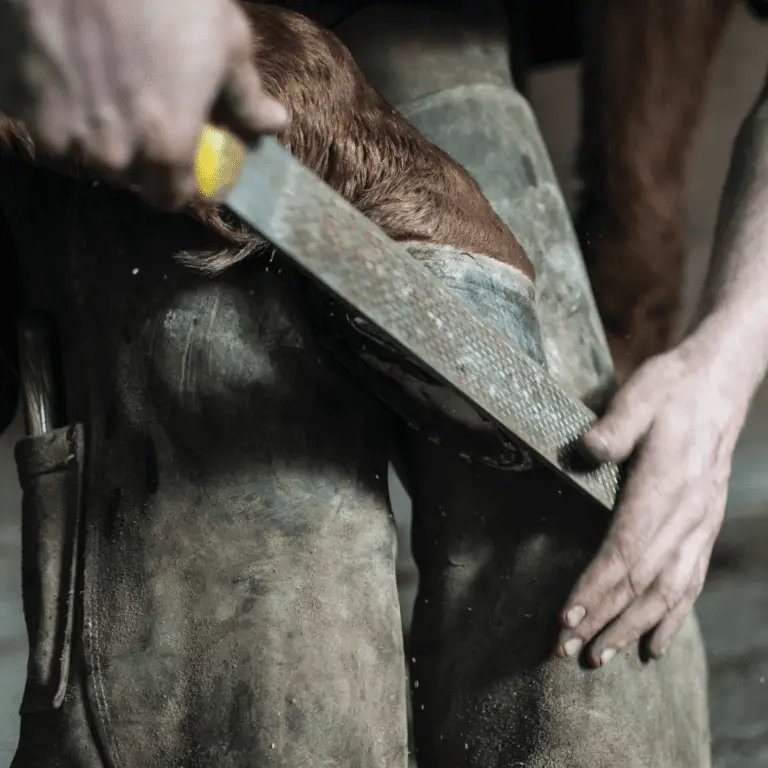
For a healthy foundation Hoof care is an important part of equine health care. The hooves are the foundation of the horse and bear the entire body weight of the animal. Regular hoof care is therefore essential to maintain healthy
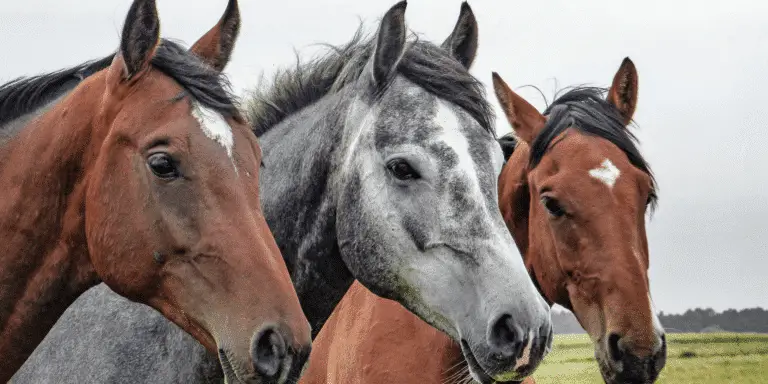
Watery eyes, discharge from the ears, swelling or gum colour give you information about possible infections or injuries. In this blog post you can read how to interpret these symptoms. What You Need to Know About the Horse Head Discharge